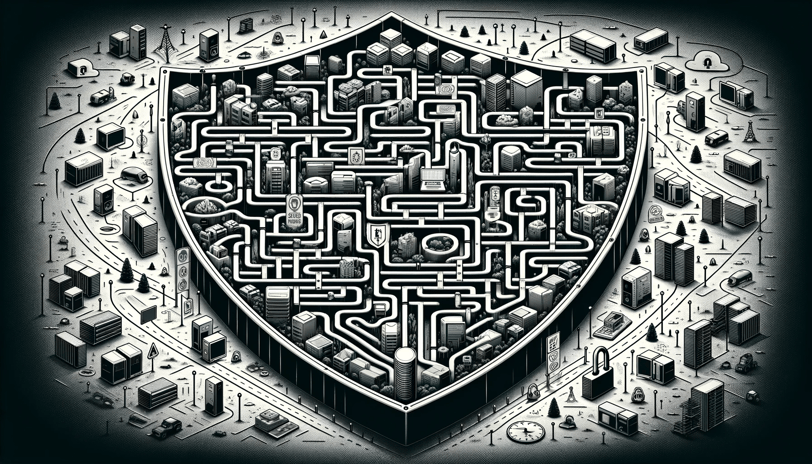

In the complex world of technology, achieving 100% antivirus (AV) coverage is a highly challenging task, especially for large organizations. This pursuit is frequently obstructed by various factors, such as inaccurate asset inventory, ever-changing operating environments, and problems with corrupted operating systems or AV agents. A critical, yet often overlooked, aspect is the presence of End-of-Life (EOL) systems. Despite their known vulnerabilities and the lack of support from AV vendors, these systems remain vital for certain business operations.
The Challenge of Asset Inventory and Dynamic Environments
Large organizations typically have a vast and diverse range of hardware and software. Keeping track of all these assets is a monumental task, often compounded by the dynamic nature of modern business environments. Assets frequently enter and leave the network, undergo changes, or get updated, making it challenging to maintain an accurate and up-to-date asset inventory. This fluidity can lead to gaps in AV coverage, as new or unrecorded devices might not have the latest antivirus solutions installed.
The EOL Systems Dilemma
EOL systems pose a unique challenge. These are systems no longer supported by the manufacturer, meaning they do not receive security updates or patches. These systems often remain operational due to their critical role in specific business processes or compatibility issues with newer technology. However, their continued use creates significant security risks, as they become prime targets for cyber attackers due to known vulnerabilities that are no longer being addressed. Additionally, it is important to note that certain antivirus software may not support EOL systems, or the protection they offer remains very limited due to the outdated OS.
Striving for Comprehensive AV Coverage
Achieving comprehensive AV coverage in such a landscape requires a multi-faceted approach. Organizations must think about robust asset management systems that can keep pace with the dynamic nature of their environments. This includes regular audits, real-time monitoring, and the integration of asset management with other security systems to ensure that all devices are accounted for and protected.
Managing and Monitoring EOL Systems
While the ideal solution for EOL systems is to replace or upgrade them, this is not always immediately feasible. In such cases, it's crucial to implement stringent monitoring and security controls around these systems. This can involve isolating them from the rest of the network, applying additional security layers, and closely monitoring for any signs of suspicious activity. It's also essential to have a clear roadmap for their eventual decommissioning and replacement.
Resolving Corrupted OS and AV agents
Addressing corrupted operating systems (OS) and antivirus (AV) agents is a crucial aspect of maintaining cybersecurity in large organizations. For issues related to a corrupted OS, potential solutions include reverting recent changes that may have led to the corruption, rolling back to the last known good backup, or collaborating directly with the vendor for specialized support. These steps help in quickly restoring the integrity of the OS, ensuring minimal disruption to business operations.
When dealing with corrupted antivirus (AV) agents, it's essential to engage closely with the vendor. This cooperation should extend beyond merely reporting the problem and applying a fix. It's crucial to delve into identifying the root cause and encouraging the vendor to make necessary changes to avert similar issues in the future. Ensuring reliable AV coverage is vital for protecting organizational assets, making it imperative to thoroughly understand and address the issues at the core of AV agent malfunctions. Adopting this proactive stance in resolving AV agent problems is key to maintaining robust, agile, and current cybersecurity defenses within the organization.
The Importance of a Proactive Security Posture
Ultimately, the goal of 100% AV coverage, though challenging, underscores the importance of a proactive and comprehensive security posture in large organizations. It's about continuously adapting to the evolving landscape, understanding and mitigating the risks associated with EOL systems, and ensuring that every asset, regardless of its nature, is under the protective umbrella of effective antivirus solutions.
In conclusion, while the complete eradication of security vulnerabilities remains an ambitious target, large organizations can significantly enhance their cybersecurity stance by recognizing and addressing the unique challenges posed by dynamic environments and EOL systems. Through vigilant asset management, rigorous monitoring, and a commitment to continuous improvement, they can forge a path toward a more secure and resilient operational framework.